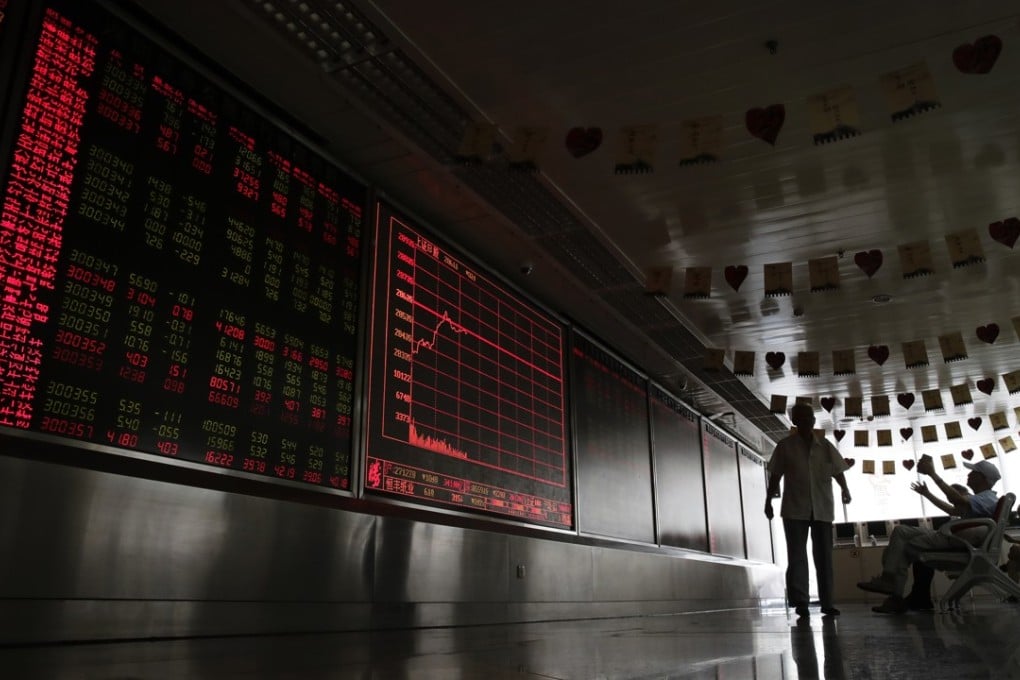Advertisement
Macroscope | Don’t count on China’s economic stimulus to rescue emerging markets this time
Nicholas Spiro says those looking for a Beijing spending spree to end the slide in emerging economies will be disappointed, based on what China is offering this time and how markets reacted before
Reading Time:3 minutes
Why you can trust SCMP

For the first time since the sell-off in emerging markets deepened in April, a growing number of investors and analysts are starting to talk about a loss of confidence in the asset class.
One of the main determinants of whether the emerging market sell-off will intensify in the coming months and whether the stresses in the asset class will spill over into advanced economies, in particular the United States, is China. While the world’s second-largest economy accounted for just 3 per cent of global gross domestic product during the 1997-98 Asian financial crisis, it now constitutes 15 per cent and generates one-third of global growth, according to data from the International Monetary Fund and the World Bank.
Advertisement
Moreover, the China-induced sell-off following the surprise devaluation of the yuan in August 2015 provided a foretaste of what could lie in store for global markets if concerns about China’s economy and policy regime become much more pronounced. One of the reasons why markets – both in China and abroad – recovered in 2016 was the beneficial effects of the stimulus measures introduced by Beijing to avert the risk of a hard landing in China’s economy.
China implemented two major stimulus programmes, in 2011-12 and 2015-16, following its 4 trillion yuan (US$583 billion) mega-stimulus package in 2009 which helped rescue a recession-plagued global economy. Some investors are again looking to China to provide the circuit breaker to prevent contagion across emerging markets from spiralling into a wider conflagration.
Advertisement
Beijing’s recent shift towards more growth-supportive policies, aimed at forestalling a sharper slowdown amid a rapidly escalating trade war with America, is cited by some investment strategists as a possible catalyst for a marked improvement in sentiment in the coming months.
Advertisement
Select Voice
Choose your listening speed
Get through articles 2x faster
1.25x
250 WPM
Slow
Average
Fast
1.25x
